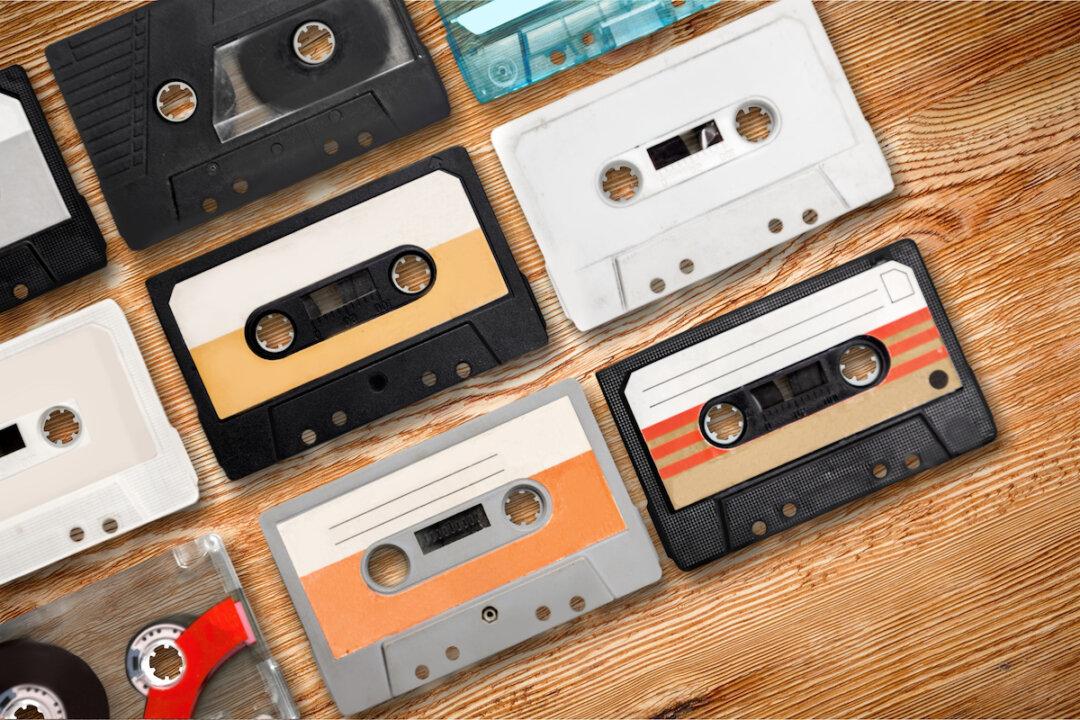As president of the largest manufacturer of professional-quality audio cassettes in the country, Steve Stepp is constantly asked how it happened—how did National Audio Company (NAC), founded in 1969, stick around long enough to enjoy this recent resurgence of audio cassettes in the music industry?
“We hear from people and have visitors from all over the world all of the time,” said Stepp, who founded the company together with his father and now runs it together with his son. One particular experience struck him: the factory received a group of visitors from Poland. Stepp recalled that one of the visitors said, “Do you realize the emotional attachment that the Polish people have to the audio cassette tape?
“Back when we were behind the Iron Curtain,” he told Stepp, “you couldn’t broadcast radio, couldn’t broadcast TV into Poland—it was all jammed. Written things were examined carefully at the border. But you could smuggle in audio cassettes. They were small, they could fit in your pocket, in the lining of a lady’s purse, and so on.”






